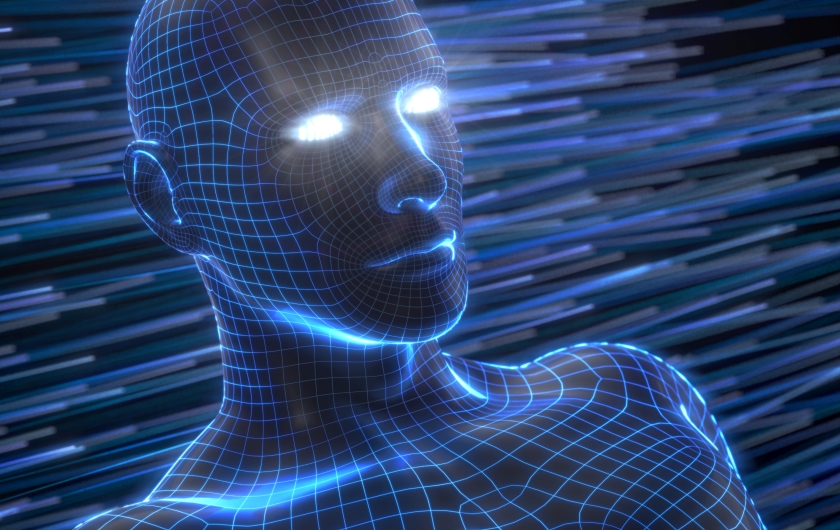New artificial intelligence technology is helping us really understand what’s going on underground
By Katrina Caruso
Artificial intelligence (AI) is giving us a new way to detect and locate earthquakes, particularly the smaller ones that we often don’t notice at all, and may one day help us predict them.
Increased seismic activity in Oklahoma, considered by some to be caused by the methods the oil and gas industry uses to get rid of wastewater, has created a need for more information about earthquakes, and study results published this month in the journal Science Advances have shown that there’s a lot of potential in AI.
The study, undertaken by researchers at Harvard and MIT, focused on seismicity in Oklahoma, which in recent years has gone from inactive to having an average of two earthquakes with a magnitude of 3 or above since 2009. (Magnitude 3 is when objects rattle on shelves but no damage occurs.) In 2015, Oklahoma saw more than 900 earthquakes of varying magnitudes.
The new method depends on the sort of technology involved in Siri’s voice detection software, which learns to distinguish your voice from background noise. In a similar way, the AI algorithm can tune out the normal sounds of the Earth moving—known as ambient seismic noise—and identify anomalies. First, the researchers needed to have the technology study and find patterns in these ambient seismic noises in order to filter them out. They call this creating a neural network.
Using the network, called ConvNetQuake, the scientists were able to detect 17 times more earthquakes than regular seismographs did.
CovNetQuake can’t yet predict earthquakes, though it may be able to one day, but if it can be improved enough to detect an earthquake very early on, it would allow for alerts to be sent and perhaps lives to be saved.
Photo: iStock/Petrovich9.





